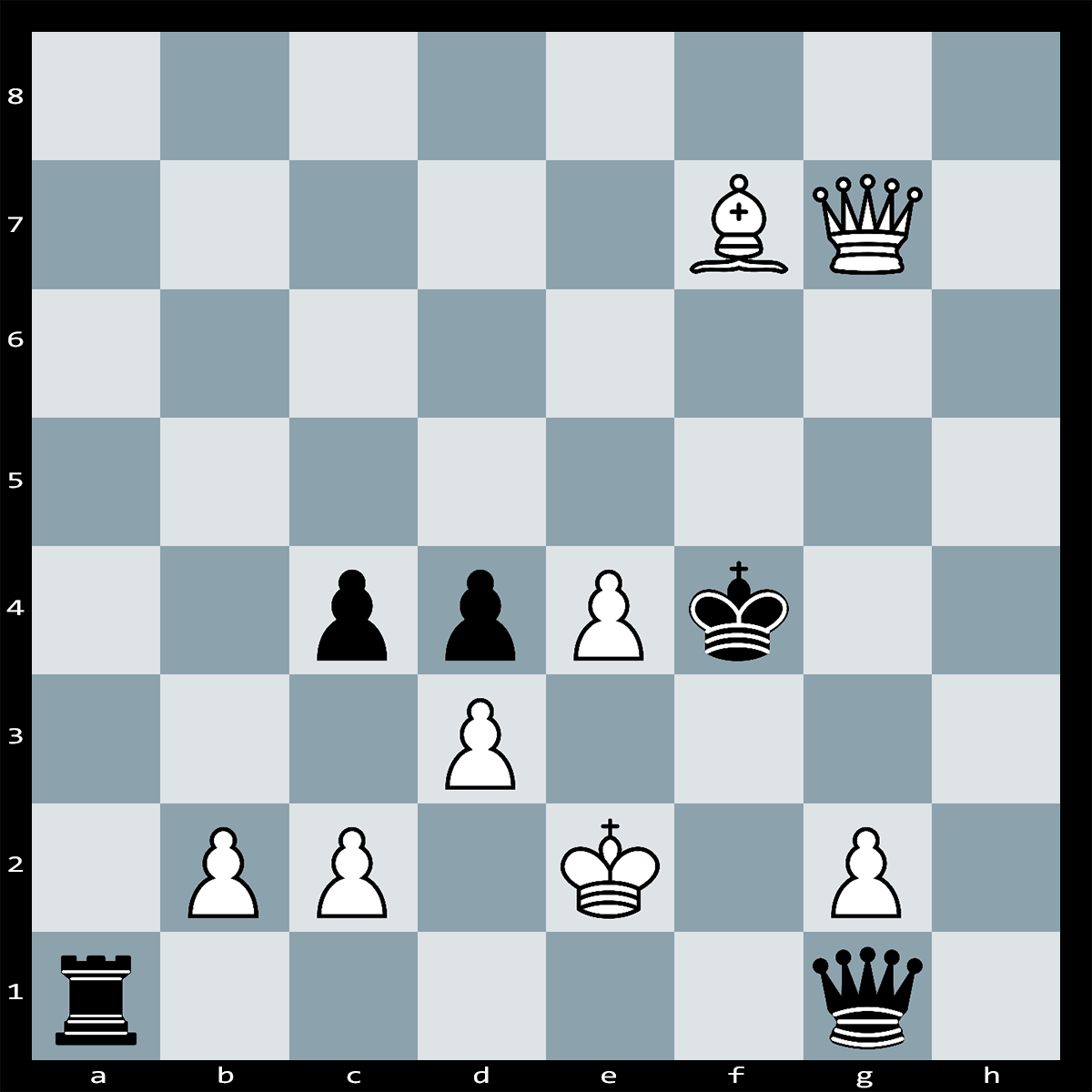

Black can play …Bg7 next (assuming no more threats from White), developing the bishop and getting ready to castle. In this position, Black can play 4…Nf6 – a great move, not only defending against checkmate, but developing a piece. It seems like a crisis has been averted, but what if White ‘reloads’ with 4.Qf3, again threatening Qxf7#? See the diagram below and find a good move for Black. A very low-risk and sensible way to play is the following:īlack attacks the queen and blocks her attack of f7 simultaneously. But actually, Black has a few options to do so. Boom – you stopped Scholar’s Move from move 2, and you’re taking the fight to White!īut the Wayward Queen Attack move order is a little trickier to defend. Instead of 2…Nc6, Black is well-advised to play 2…Nf6, stopping Qh5 in the first place and taking some initiative by attacking White’s undefended pawn on e4. Let’s start by addressing White’s first move order – 2.Bc4, known simply as The Bishop’s Opening. For example,ģ…Qd7, and Black’s bishop on f8 is locked in.ģ…Qf6, and they take away the best square for their knightīut fortunately, you can defend in a much stronger and more proactive way!ĭefense Against Scholar’s Mate and the Wayward Queen Attack After all, if Black can’t play 3.Nf6 on account of 4.Qxh7#, what are they to do? True, Black can defend f7 with their queen, but this has the drawback of blocking Black’s other pieces from development. Now, White can bring out the bishop to c4 on move 3, and you’ll notice a familiar setup – White is ready to deliver Scholar’s Mate with 4.Qxh7#. It is logical for Black to defend the attacked pawn with 2…Nc6. The Wayward Queen Attack (1.e4 e5 2.Qh5)Īnother common sequence is 1.e4 e5 2.Qh5, bringing the queen out already on move 2 – attacking the pawn on e5 in the process. There’s another sequence that is also very common and tricky to defend against for beginners. Instead of 3.Qh5, White could play 3.Qf3, for example, and if Black doesn’t defend against it with a move like 3…Nf6, Qxf7 is again checkmate. Note that this isn’t the only sequence that results in Scholar’s Mate. They also can’t take the white queen because the bishop on c4 is defending her!

This move is checkmate! White is threatening to take the black king, which has no escape squares. Now things are looking suspicious! White brings their queen out, violating the principle of “never bring your queen out too early.” So Black aims to shoo the queen away with …Nf6, attacking the queen. Black also develops a piece, which has the nice benefit of guarding the pawn on e5. White develops their king’s bishop to an active square in the center. Not usually what the pros prefer, but still pretty normal looking. Black responds in kind, grabbing some central control, halting White’s pawn, and opening up their f8 bishop for development. These moves have been played millions of times – White opens with the king pawn, grabbing some control of the center and opening the way for their bishop on f1 to develop. (Check this article out if you have a hard time reading chess notation)

Scholar’s Mate can arise from fairly natural opening moves.
CHECKMATE IN 4 MOVES HOW TO
The Movesīefore we learn how to stop it, let’s learn the moves that achieve Scholar’s Mate. In this article, we’ll explain this common four-move checkmate, called the Scholar’s Mate – and how to prevent it as Black. Not only is it possible, it happens all the time to beginners making seemingly natural moves! What? Checkmate in four moves? Is it possible? For that reason, Scholar’s Mate often backfires and is considered dubious.Black has several good ways to defend against Scholar’s Mate, and actually get an opening advantage by doing so.It takes advantage of the vulnerability of the weak f7 square Scholar’s Mate is an opening sequence where White can checkmate Black in four moves.


 0 kommentar(er)
0 kommentar(er)
